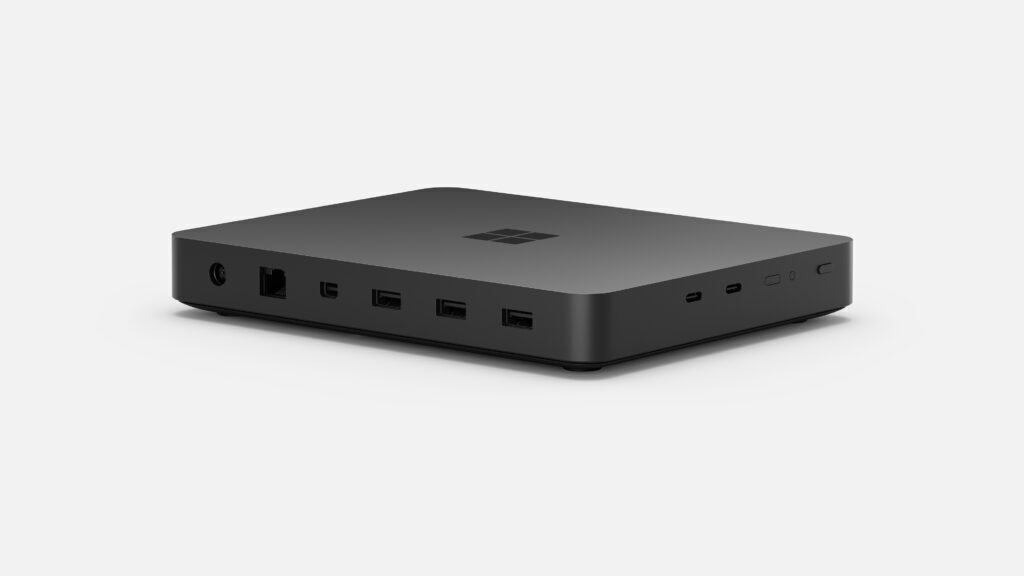In May this year, Microsoft made a host of announcements at its Build developer conference. One of those was a dedicated Arm-powered hardware solution for developers sporting a built-in neural processing unit (NPU) for AI capabilities. Or ‘Project Volterra’ for short.
Yesterday, Microsoft took the wraps off Project Volterra. Behold, the slightly disappointingly-named ‘Windows Dev Kit 2023’.
Devs only, no gamers allowed
This new bit of kit features a Qualcomm Snapdragon 8cx Gen 3 chip with 512GB of NVMe storage and 32GB of RAM for a palatable $600 (R11,000). Before the PC Master Race starts clamouring to get their sweaty hands on that shiny new CPU to benchmark and overclock, think again. This is an Arm-based chip so you can’t expect to slap it into your Intel motherboard or load up Crysis. It’s really only meant as a development platform. We’re sure someone will find a way to run Doom on it though.
Qualcomm says its 8cx Gen 3 chip is “up to 85 percent faster” than the previous 8cx Gen 2 chip. That equates to slightly less performance than an Intel Core i5 laptop CPU, for some perspective.
As for the rest of the mini PC, it supports up to three monitors using a mini DisplayPort and two USB-C ports. There are three additional USB-A ports for peripherals and a gigabit Ethernet port. For wireless connectivity, you get WiFi 6 and Bluetooth 5.1. The enclosure is also made from recycled ocean plastics. Yay for Earth.
But what’s it for?
In case you weren’t aware, Arm (sometimes written as ARM) is a computer architecture for processors. If you’re still lost, you can think of it as a set of rules and methods that dictate how the processor handles information. You might have used or seen this architecture in action if you’ve ever used a Macbook with an M1 or M2 chip.
This differs slightly from the x86 architecture that Intel and AMD use for their CPUs and what Windows is built on. The main difference between the two architectures is that Arm-based chips use fewer, simplified computational instructions than x86-based chips. This means fewer transistors are needed so Arm-based chips can be smaller and require less power.
The new Windows Dev Kit 2023 hardware is built with the express purpose of making Windows run better on Arm-based systems. This optimisation can be done without dedicated hardware using x86-to-Arm code translation, which imposes performance penalties. Nobody likes those.




